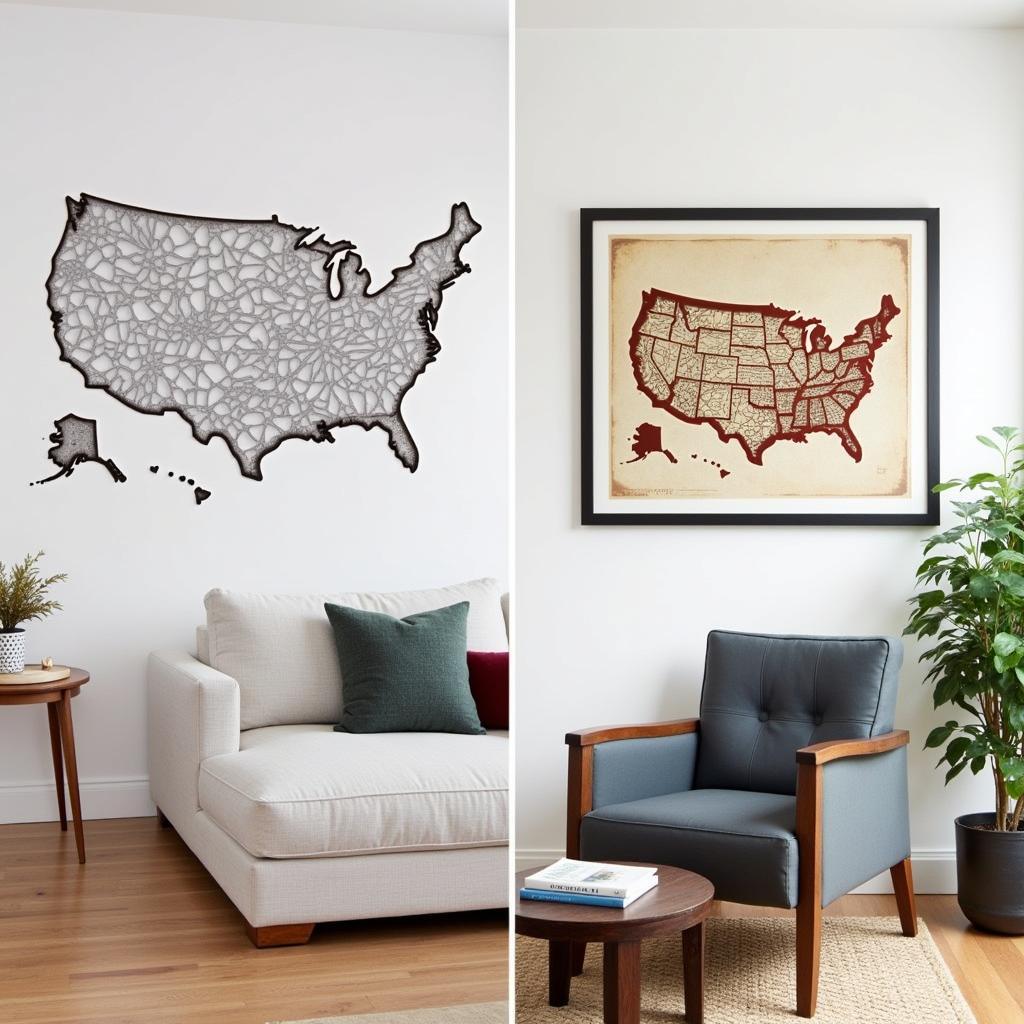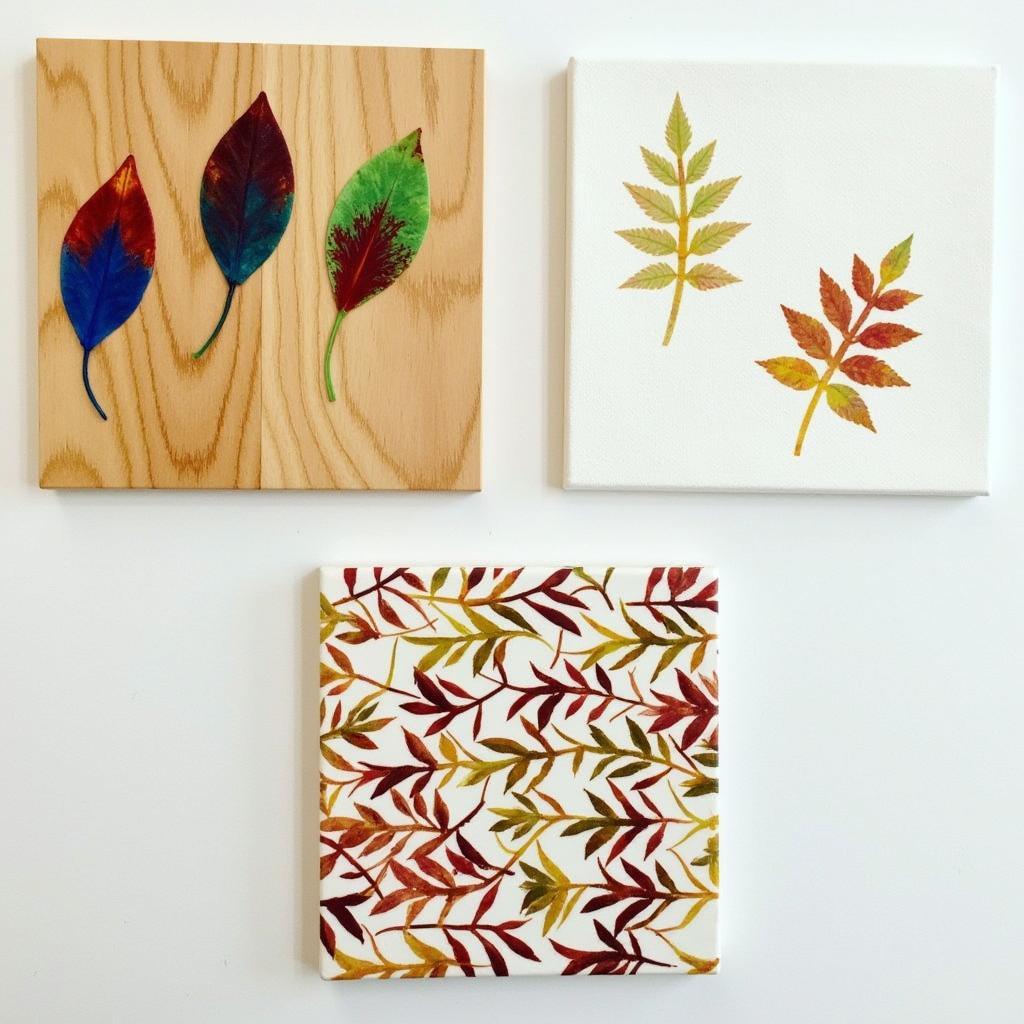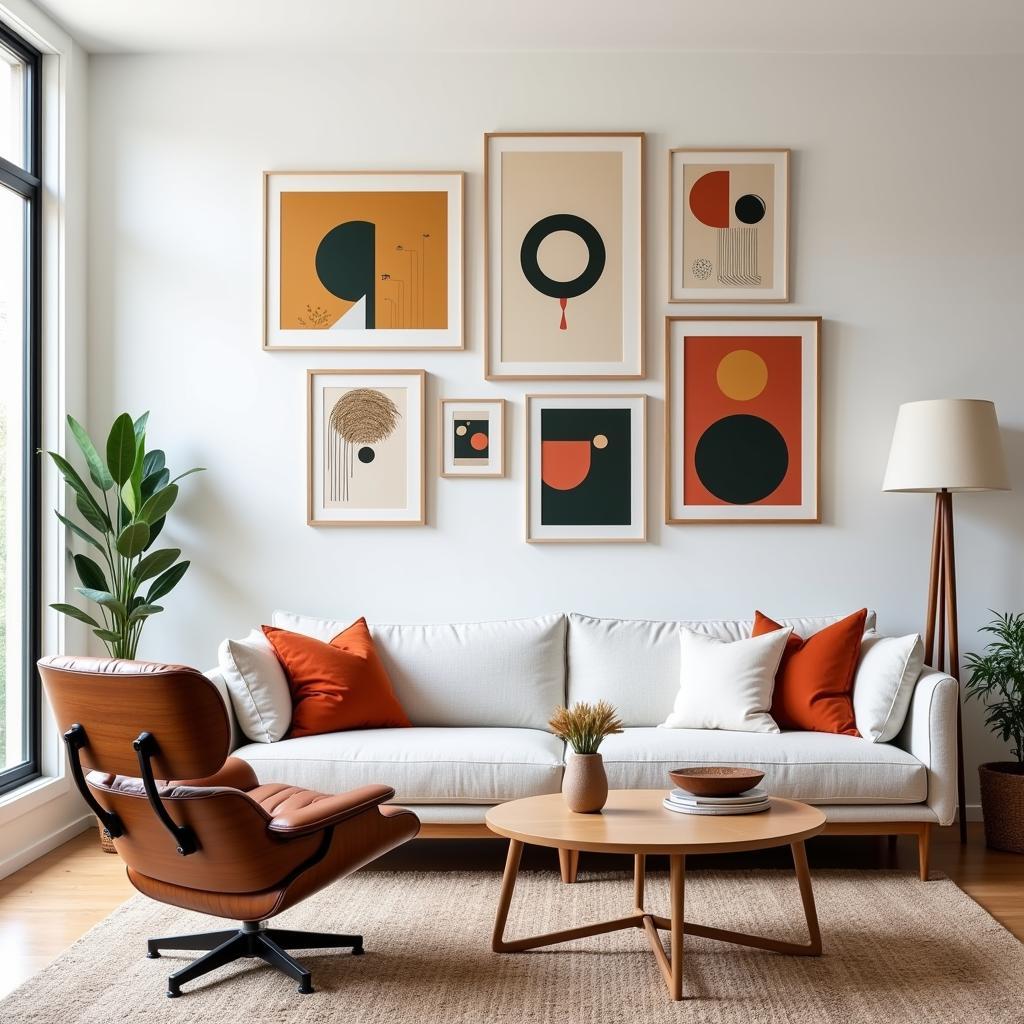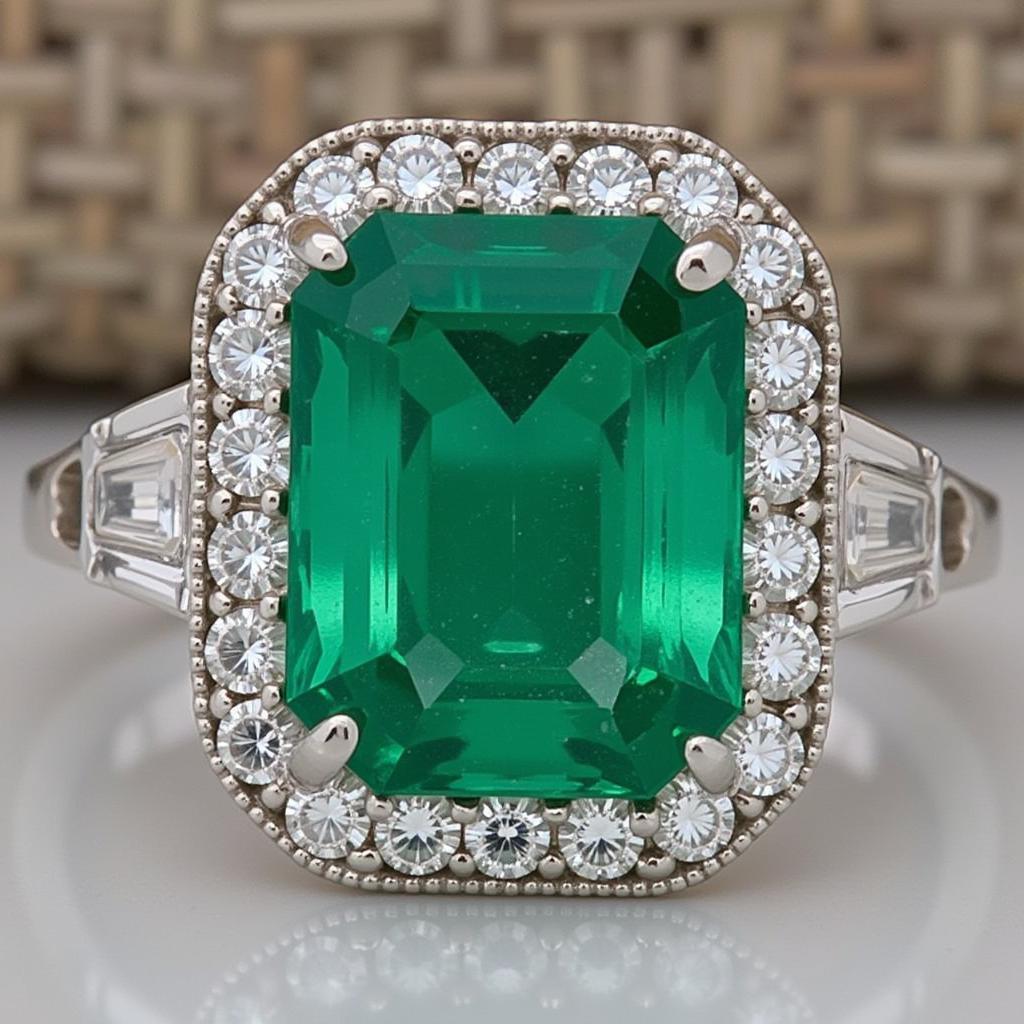Exploring the Vibrant World of Navajo Art Paintings
Navajo Art Paintings offer a captivating glimpse into the rich culture, traditions, and spiritual beliefs of the Diné people. From intricate sand paintings used in healing ceremonies to bold, geometric designs woven into rugs and blankets, Navajo art is a testament to the enduring connection between art and life. This article delves into the fascinating world of Navajo art paintings, exploring their history, symbolism, and unique artistic styles. You can discover more about Southwestern art at the Kayenta Art Festival 2024.
A Journey Through Time: The History of Navajo Paintings
Navajo art has evolved over centuries, influenced by both internal traditions and external forces. Originally, art forms like sand painting and body painting held deep spiritual significance, playing a crucial role in healing rituals and ceremonies. The arrival of Europeans introduced new materials and techniques, leading to the development of Navajo painting on canvas and other mediums. This transition marked a significant shift in Navajo art, opening up new avenues for artistic expression while preserving the core values and symbolism of their heritage.
Unraveling the Symbolism: Decoding Navajo Art Paintings
Navajo art paintings are imbued with symbolic meaning, reflecting the Diné people’s profound connection to nature, their spiritual beliefs, and their intricate worldview. Common motifs include representations of sacred mountains, celestial bodies, and animals, each carrying specific cultural and spiritual significance. Understanding these symbols unlocks a deeper appreciation for the narrative and meaning embedded within each artwork. For instance, the depiction of a hummingbird often symbolizes beauty, grace, and resilience. Learn more about hummingbird native art.
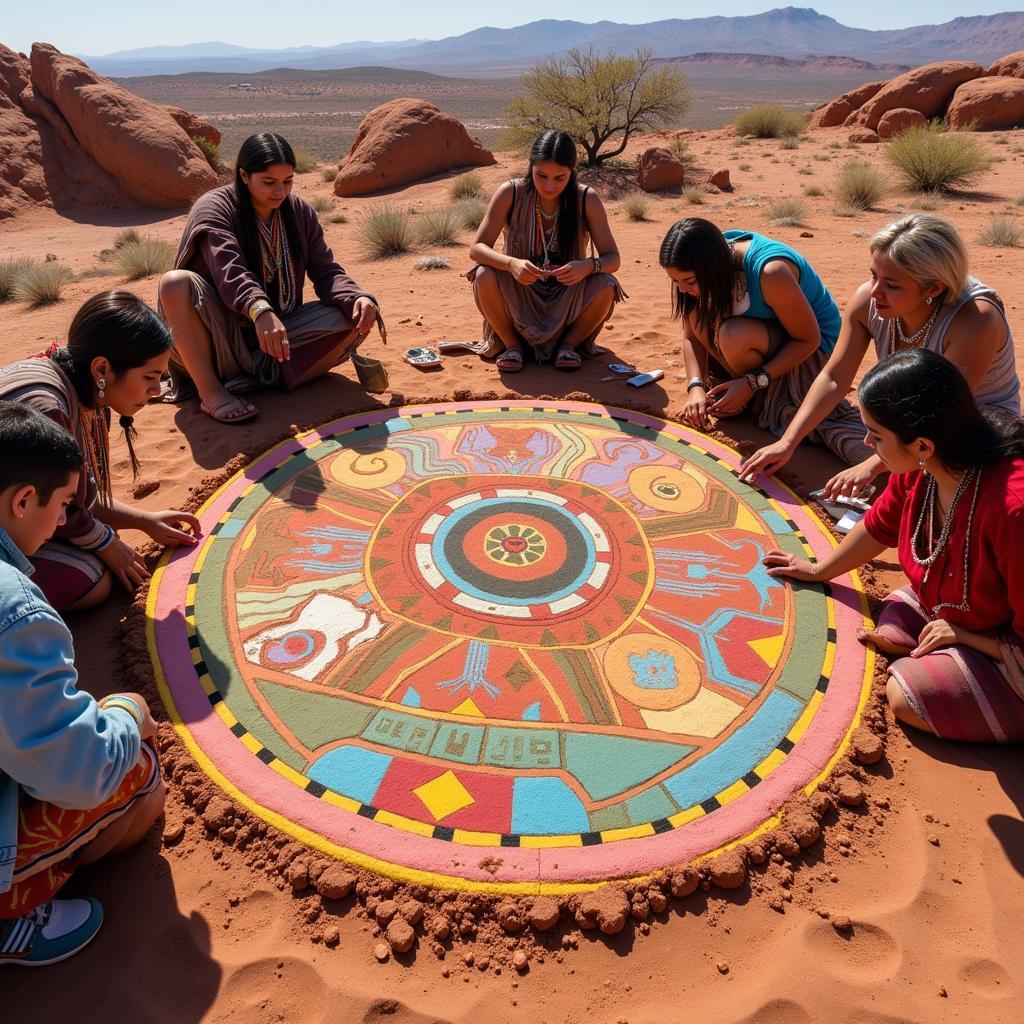 Navajo Sand Painting Ceremony
Navajo Sand Painting Ceremony
Diverse Styles and Techniques: The Evolution of Navajo Painting
Navajo painting encompasses a diverse range of styles and techniques, reflecting both individual artistic expression and the broader evolution of Navajo art. Early Navajo paintings often featured representational depictions of ceremonies, landscapes, and daily life. Over time, artists began to experiment with more abstract and geometric forms, drawing inspiration from the patterns and designs found in traditional weaving. You can see more examples of large southwestern wall art.
From Sand to Canvas: Exploring Different Mediums in Navajo Art
While sand painting remains a vital part of Navajo ceremonial practices, Navajo artists have embraced a variety of mediums, including watercolor, acrylics, and oils. Each medium offers unique possibilities for artistic expression, allowing artists to explore different textures, colors, and techniques. The use of vibrant colors, intricate details, and dynamic compositions often characterizes Navajo paintings, regardless of the medium. Sheep canvas art also offers a unique perspective on this rich artistic tradition.
“Navajo art isn’t just about creating beautiful images; it’s about storytelling, preserving cultural heritage, and connecting with the spiritual world,” says renowned Navajo artist, Hosteen Klah.
What are some common themes in Navajo art paintings?
Common themes in Navajo art paintings include depictions of nature, spiritual beliefs, ceremonial practices, and everyday life. These themes are often interwoven with symbolic representations of animals, plants, and celestial bodies, each carrying specific cultural and spiritual significance within the Navajo worldview.
How has Navajo art evolved over time?
Navajo art has evolved from its roots in ceremonial sand painting and body painting to encompass a wide range of mediums and styles. The introduction of new materials and techniques by European settlers influenced the development of Navajo painting on canvas and other surfaces. While traditional motifs and symbolism persist, contemporary Navajo artists continue to innovate and experiment, pushing the boundaries of their artistic heritage.
Conclusion: The Enduring Legacy of Navajo Art Paintings
Navajo art paintings provide a powerful window into the rich cultural tapestry of the Diné people. From traditional sand paintings to contemporary works on canvas, Navajo art continues to evolve while preserving its deep connection to history, spirituality, and the natural world. Exploring Navajo art offers a unique opportunity to appreciate the enduring power of artistic expression and the beauty of cultural heritage. Discover the vibrant world of Navajo art paintings and experience the magic of this timeless art form. Don’t miss the Gallup Arts Crawl 2024 for another opportunity to experience this vibrant art scene.
FAQ
- What is the significance of sand paintings in Navajo culture?
- What are some common symbols used in Navajo art?
- How can I identify authentic Navajo art?
- Where can I purchase Navajo art paintings?
- Are there any ethical considerations when buying Navajo art?
- What is the role of storytelling in Navajo art?
- How can I learn more about Navajo culture and traditions?
Common Scenarios:
- Scenario 1: A tourist visiting the Southwest wants to purchase an authentic Navajo painting as a souvenir.
- Scenario 2: An art student is researching the history and symbolism of Navajo art for a class project.
- Scenario 3: A collector is interested in adding a piece of Navajo art to their collection.
Further Exploration:
- Read more about the symbolism of Navajo rugs.
- Explore the different styles of Navajo pottery.
- Learn about the history of Navajo silversmithing.
When you need assistance, please contact us by phone at 02462573573, email us at danteum@gmail.com, or visit our address at Savico Megamall, 7-9 Đ. Nguyễn Văn Linh, Gia Thụy, Long Biên, Hà Nội 10000, Việt Nam. Our customer service team is available 24/7.
